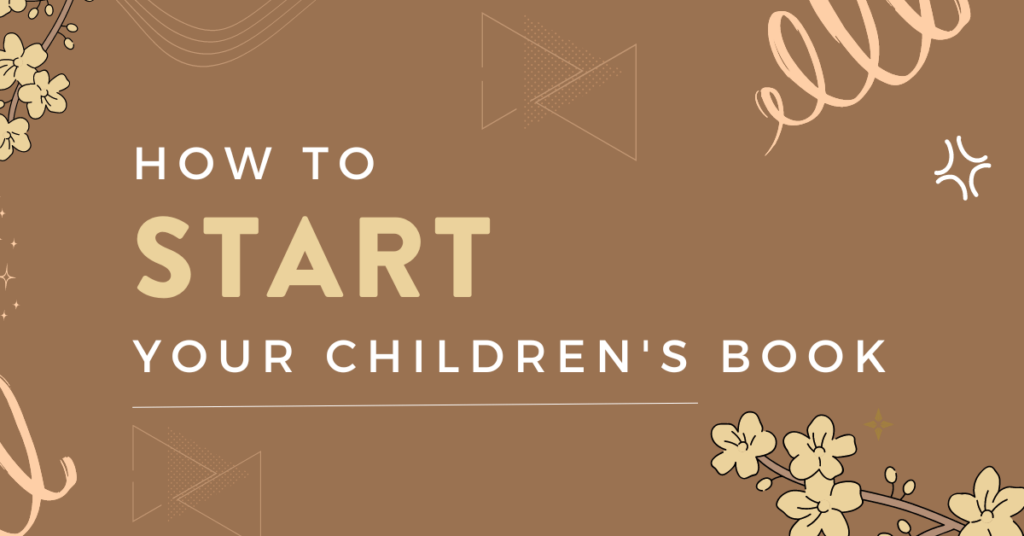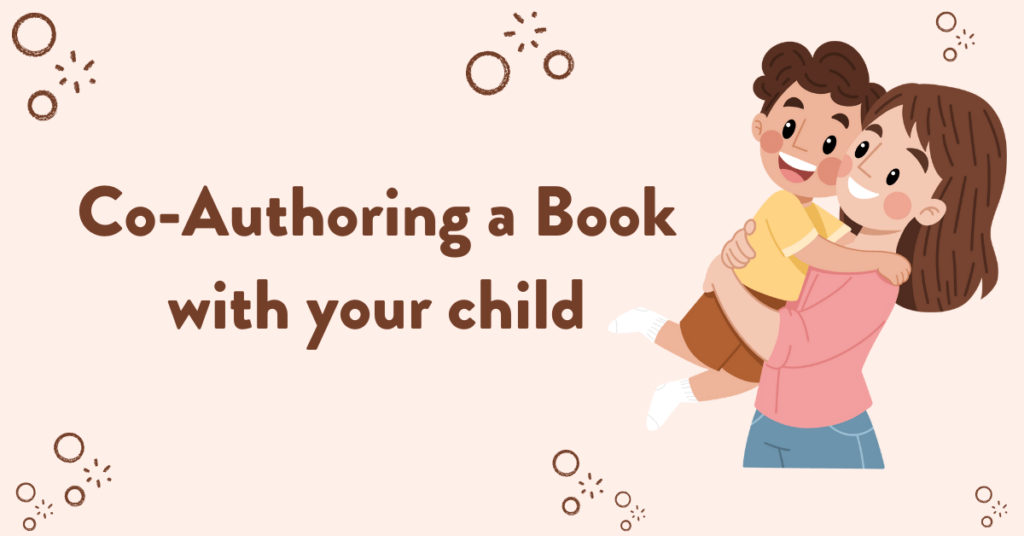
Oh, a children’s book author bio! Now, we’re talking about a real art form here. Unlike those run-of-the-mill professional bios you see on LinkedIn or corporate websites, writing a children’s book author bio is a whole different ball game.
It’s all about grabbing attention without being stodgy, but let’s get one thing clear right away: I’ve got some serious opinions on how this should be done.
And after you finish writing your bio, if you need help with publishing, Bookfox Press can help you!
1. Get Into the Mindset of a Child
First and foremost, you’ve got to speak to kids on their level. Forget the lofty language and technical jargon. If you’re going to connect with the audience, your bio should read like a playful story.
Engage those little minds! You want them to read your bio and think, “Wow, this person must write amazing stories!”
2. Be Authentic, Not Pretentious
Authenticity is key, folks. No one likes a pretentious bio filled with a bunch of awards and accolades. Save that stuff for your résumé. Talk about what makes you YOU.
- What inspired you to write for children?
- What’s your favorite ice cream flavor?
- What’s the name of your dog?
Be real, be you, and be engaging.
3. Illustrate with Words
You’re a writer, after all, so paint a picture with your words. Use lively and colorful language to craft a vivid portrait of yourself. If you’re writing about your love for wildlife, don’t just say it, show it!
Use imagery, metaphor, or a bit of whimsy to create a scene that draws readers in.
4. Keep It Short and Sweet
Now, don’t go writing a novel here. A bio is a teaser, a snapshot, a tantalizing taste of what you’re about. Aim for brevity. Get your point across without wearing out your welcome. Try to keep it under 3 or 4 sentences — that should do the trick.
5. Set the Reader Up
You want to write a bio that prepares the reader for the type of book you wrote. If your book is whimsical and funny, then your bio should be whimsical and funny.
Remember, a bio is a little bit like pre-marketing for your book: you’re creating a mindset for the reader that prepares them to enjoy your book.
6. Relate to the Story
Include details that establish you’re the right person to author this story.
- If the story is about a disabled child, then share that one of your children is disabled.
- If the story is about working in a factory, share that you used to work in a factory
There is a reason that you chose to write this book, so share that reason in your bio.
7. Make Sure to Include the Illustrator’s Bio
Don’t only include your bio! Your illustrator has a huge hand in your book as well, so make sure you include their bio wherever you’re listing yours.
Perhaps forward this article to them to give them advice on how to write it!
8. Let Your Books Speak for Themselves
Finally, and here’s where I feel strongest, your books should be the stars of the show. Mention them, of course, but don’t overshadow your personal connection with a catalog of titles. You never want to mention ALL the books that you’ve written, so instead, focus on details about yourself.
Kids want to know about YOU, not just what you’ve written. A brief mention is plenty.
9. Show Your Authority
If you have publications before this point, you might want to include them, but this shouldn’t be the focus of your bio. Just drop a few names to let the reader know that you’re experienced at this.
Fantastic Examples
Buckle up! These aren’t just examples; these are masterpieces. Let’s dive in…
Example 1: The Adventurer
“Meet Sally Fox, an explorer at heart who once got lost in her own backyard, only to discover a world of magical creatures living in the bushes! From battling pirates on her living room couch to befriending aliens at the local park, Sally’s stories spring from her wild imagination and endless adventures.”
Example 2: The Doctor
“Dr. Penelope Frankel isn’t just an ordinary writer; she’s a veterinarian who talks to animals (or at least, she likes to think so!). From the chatty parrot next door to the wise old turtle at the pond, Penelope’s furry and feathered friends inspire her delightful stories.”
Example 3: The Animal Lover
“John Barker writes children’s stories from his small cabin in the woods in Montana. When he’s not penning tales of courage and friendship, he’s exploring the forest with his trusty dog, Whiskers. John believes that every child has a hero inside them, just waiting for the right adventure. PS: Whiskers says ‘woof’ to all the young readers!”
Example 4: The Professional
“Dr. Sarah Loomis is a professor of literature and a passionate advocate for children’s education. She’s written dozens of academic papers, but her real joy comes from crafting stories that make learning fun. Her motto? You’re never too old for a good bedtime story!”
Example 5: The Everyday Parent
“I’m Emily Johnson, a mom of three who finds inspiration in the chaos of parenting. From messy rooms to magical tea parties, my stories are born from real life with a sprinkle of imagination. Who knew that laundry could lead to an adventure?”
Example 6: Short and Sweet
“Sam Quincy. Writer. Artist. Believer in unicorns.”
Example 7: The Globe-Trotter
“Meet Vanessa Voyage, a writer from the bustling streets of New York who’s explored every continent. From climbing Mount Kilimanjaro to sailing the Amazon, Vanessa’s adventures inspire stories that take young readers around the world. First penning tales at age 10, she’s been hooked ever since.”
Example 8: The Retired Hero
“Former firefighter Jake Bravery, from the small town of Pine Ridge, shares his heroics through thrilling children’s stories. With 25 years of service, his tales of courage and kindness are drawn from real experiences. When not writing, Jake loves cooking and spending time with his grandchildren.”
Example 9: The Celebrity Chef
“Known for her cooking shows, Chef Carla Cakes from New Orleans blends her culinary skills with storytelling. Creating delicious tales that started as bedtime stories for her niece, Carla’s books are a feast for the imagination.”
Last Thoughts
There you have it: the definitive guide to writing a children’s book author bio that’ll knock the socks off parents and kids alike.
Remember, this isn’t a corporate portfolio, so let your personality shine, and above all else, keep it fun and engaging. If you’re not having fun writing it, no one will have fun reading it. Now, go on and craft a bio that truly reflects your wonderful, whimsical self!



